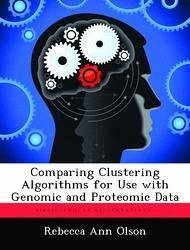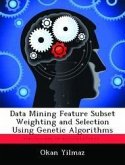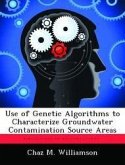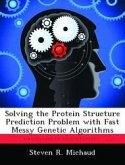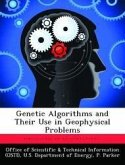The Human Genome Project and related projects have resulted in the development of a number of new experimental and analytic tools for use in genomic and proteomic research. In the area of toxicogenomics, researchers are concerned with how genes react to exposure to certain chemicals. The United States Air Force is interested in the effect of exposure to mission-essential chemicals. Although military personnel may come into contact with chemicals such as hydrazine, risk assessment is usually very limited. On the genomic level, risk assessment is a multi-step and multi-disciplinary process. The process begins with an experiment that exposes cells to the chemical. Data from the experiment are obtained using gene chips. The data can then be analyzed. This research explores the methods of pre-processing and analyzing data. Several different data sets are used to compare the effectiveness of various clustering algorithms and their implementations. Genomic and proteomic data obtained from a hydrazine exposure experiment are then analyzed. A relationship is established between the genomic and proteomic data sets and is used in further analyses.
Hinweis: Dieser Artikel kann nur an eine deutsche Lieferadresse ausgeliefert werden.
Hinweis: Dieser Artikel kann nur an eine deutsche Lieferadresse ausgeliefert werden.

